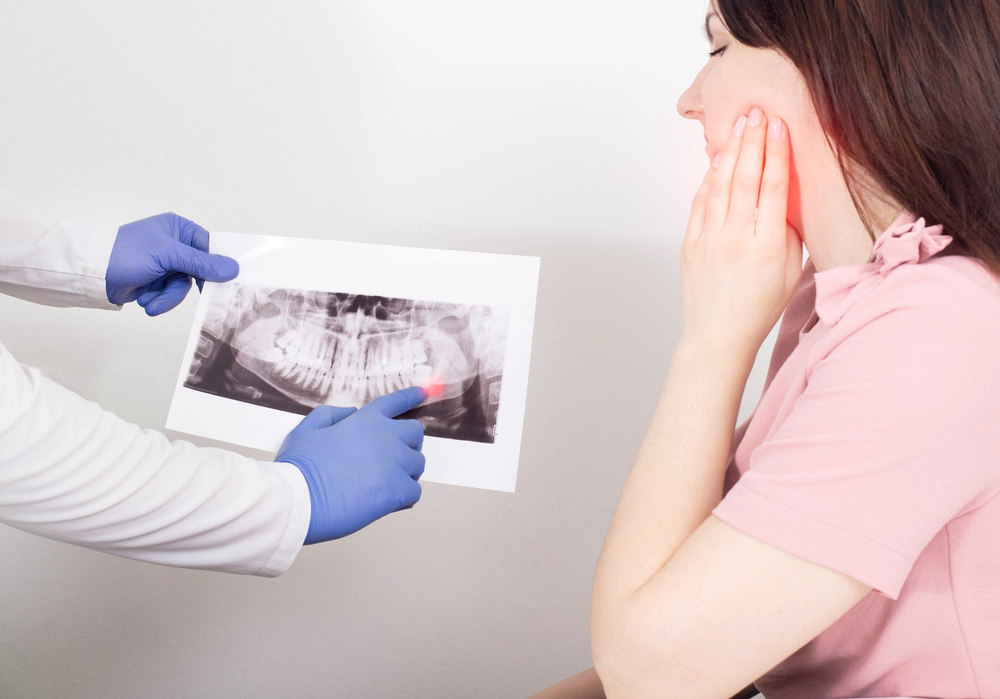
Do you notice bleeding or swollen gums while brushing or flossing your teeth? Perhaps, you are plagued by bad breath no matter how much you brush or use mouthwash? If so, you might be exhibiting gum disease symptoms.
It can range from moderate to severe and affects millions of individuals globally. The warning indicators listed below can help you take action to safeguard your dental health.
Bleeding Gums
This is one of the most typical indicators of gum disease. When you brush or floss, do your gums bleed? If so, you may have gingivitis, the first stage of gum disease. This happens when the bacteria in plaque build up along the gumline and cause inflammation.
This makes the gums more prone to bleeding. If you notice bleeding consistently when brushing, it is best to visit your dentist to determine the cause.
Bad Breath
The bacteria that cause gum disease produce sulfur compounds that create an unpleasant odor. If your breath still smells awful even after brushing and flossing, it may indicate gum disease. Professional cleaning and regular dental checkups can help manage bad breath caused by gum disease.
Swollen or Tender Gums
This happens when the gums become inflamed due to the bacteria in the plaque. It is significant to note that swollen or sensitive gums do not always indicate gum disease. Injuries, nutritional deficiencies, or hormonal shifts are other potential causes. A visit to the dentist can help determine the cause and appropriate treatment.
Receding Gums
Do your teeth seem longer than they should? Is there a gap between your teeth and gums? If so, it can be an indication of receding gums. Receding gums happen when the gum tissue pulls back from the teeth, exposing more of the tooth surface and roots.
This may increase the likelihood of tooth decay and induce sensitivity to both hot and cold conditions. Receding gums are a common sign of gum disease and require prompt treatment to prevent further damage.
Loose Teeth
If you have loose teeth or your teeth shift when you bite or chew, it could be a sign of advanced gum disease. This happens when the bacteria in plaque damage the bone and connective tissues that support the teeth. Advanced gum disease requires immediate treatment as it can lead to tooth loss.
Changes in Bite or Teeth Alignment
Gum disease may cause changes in your bite or teeth alignment. This happens when the bone and connective tissue that support your teeth deteriorate, causing them to shift or migrate.
Prevention Is Key
Maintaining good dental hygiene is the most effective method of preventing gum disease. It entails brushing twice daily, flossing daily, and scheduling regular dental checkups. You can reduce plaque and oral microorganisms using antimicrobial mouthwash or toothpaste. A healthy diet, avoiding tobacco, and managing stress can also help reduce the risk.
Conclusion
By watching for the signs of gum disease, you can take action early and prevent the condition from worsening. Contact a dental expert for an assessment and treatment if you have any symptoms. You can maintain good oral health and keep your smile looking its best with proper care.
For more information on gum disease, contact Wanlass Dental at our office in Las Vegas, Nevada. Call (702) 367-4412 to book an appointment today.









